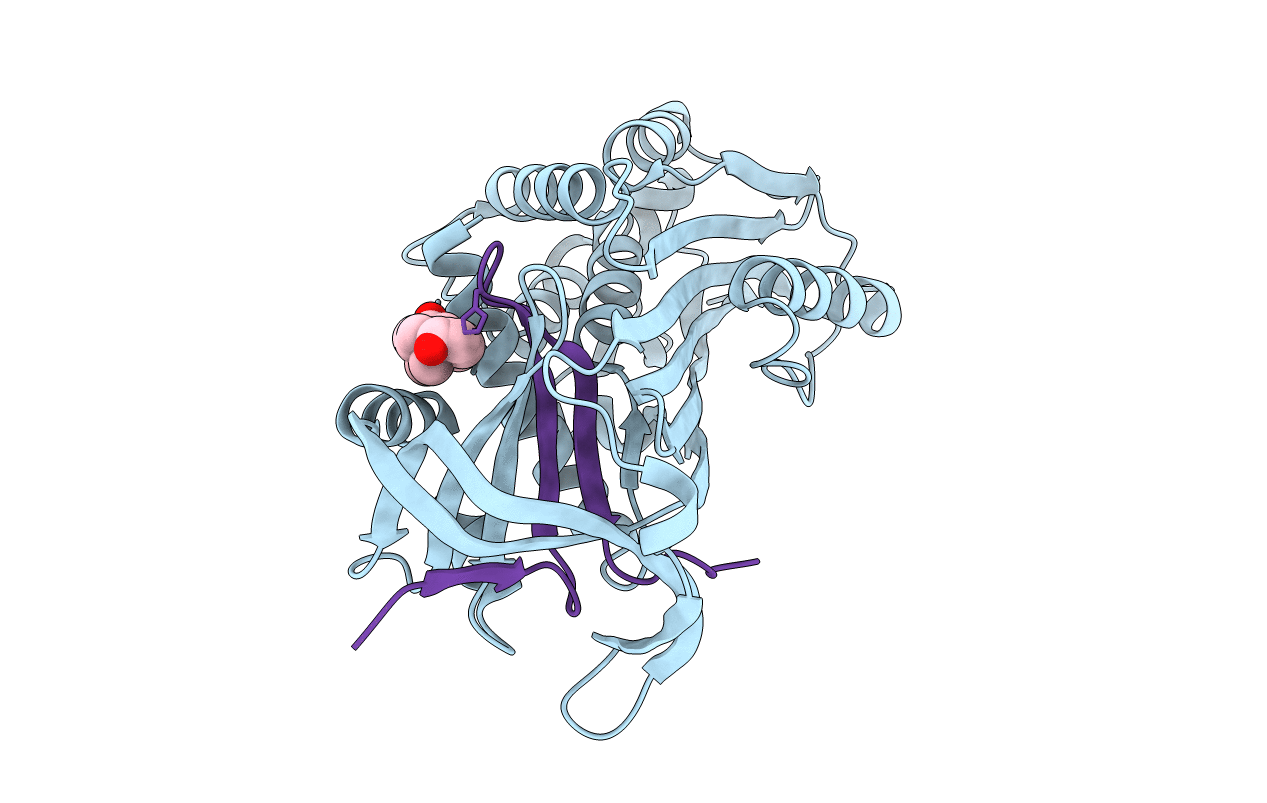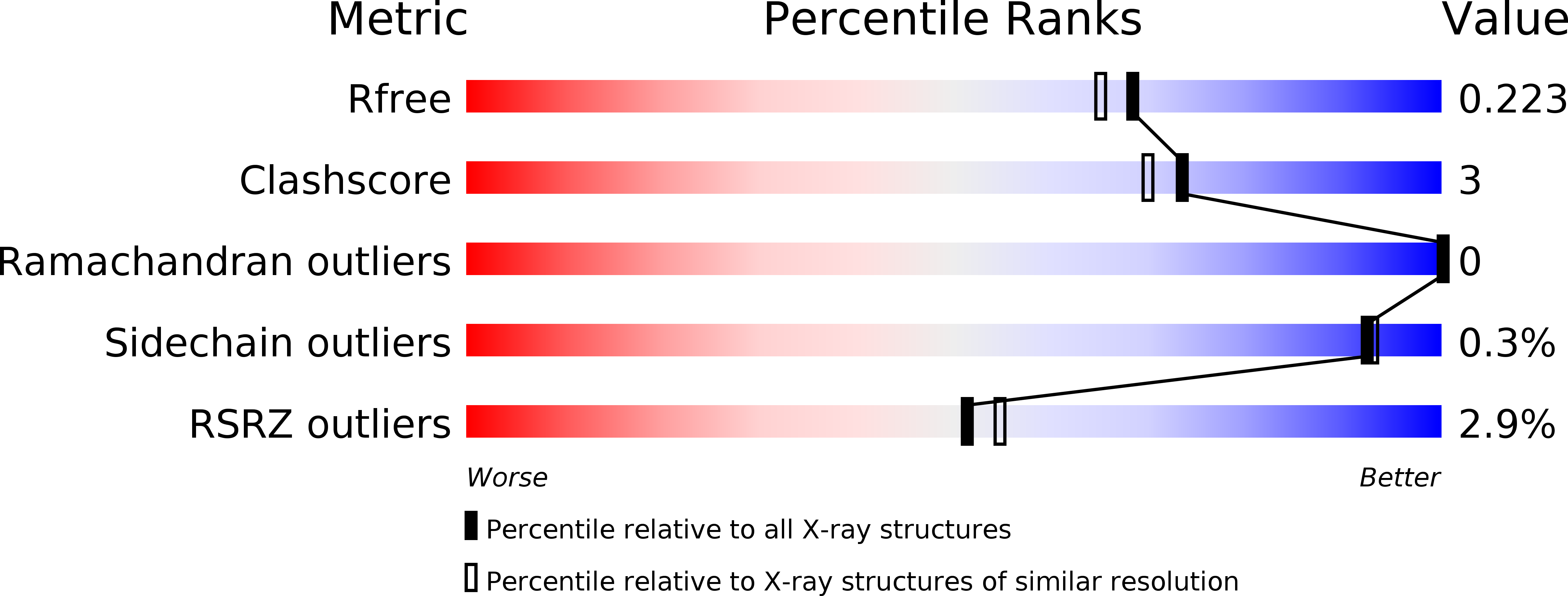
Deposition Date
2018-08-23
Release Date
2019-05-29
Last Version Date
2024-01-17
Entry Detail
PDB ID:
6HGL
Keywords:
Title:
Crystal structure of Alpha1-antichymotrypsin variant NewBG-III: a new binding globulin in complex with testosterone
Biological Source:
Source Organism:
Homo sapiens (Taxon ID: 9606)
Host Organism:
Method Details:
Experimental Method:
Resolution:
1.92 Å
R-Value Free:
0.22
R-Value Work:
0.18
R-Value Observed:
0.18
Space Group:
P 21 21 21


